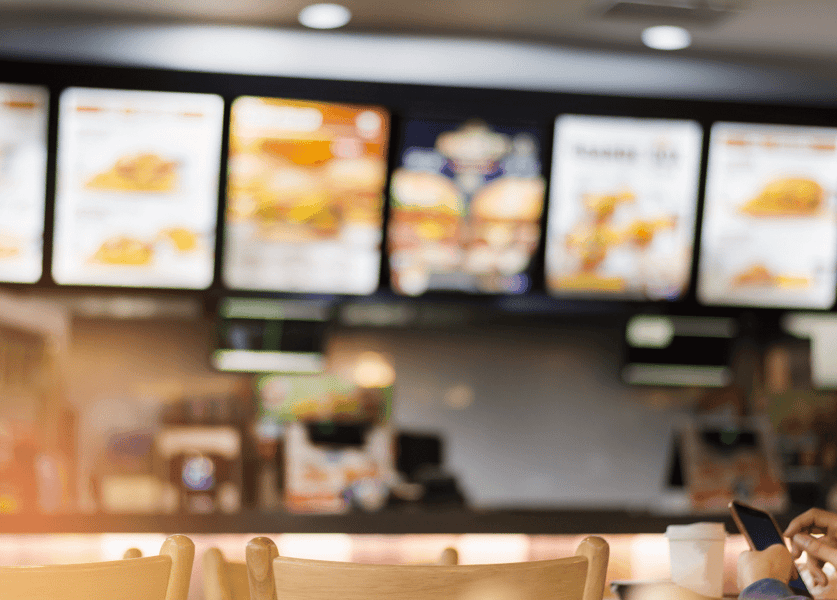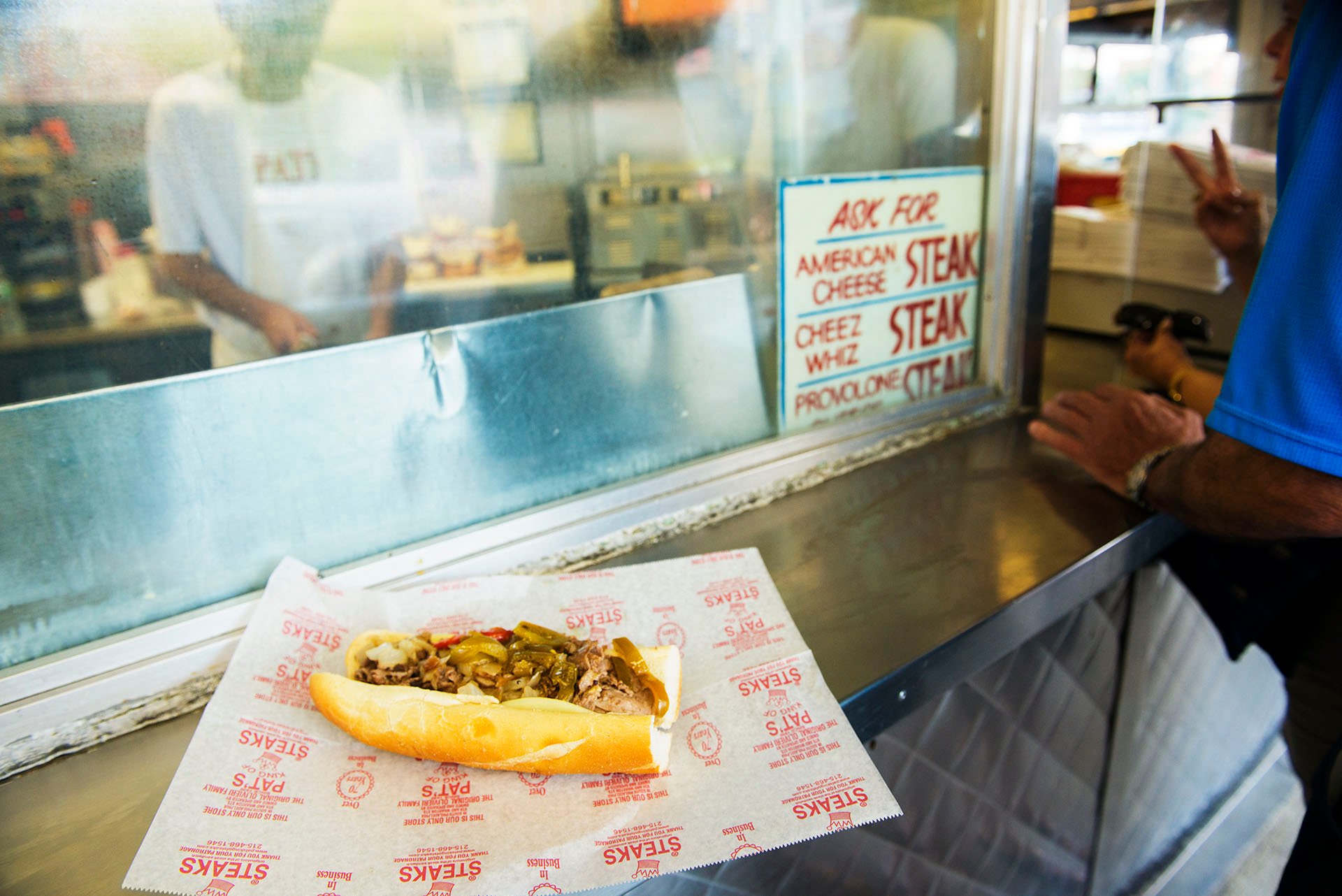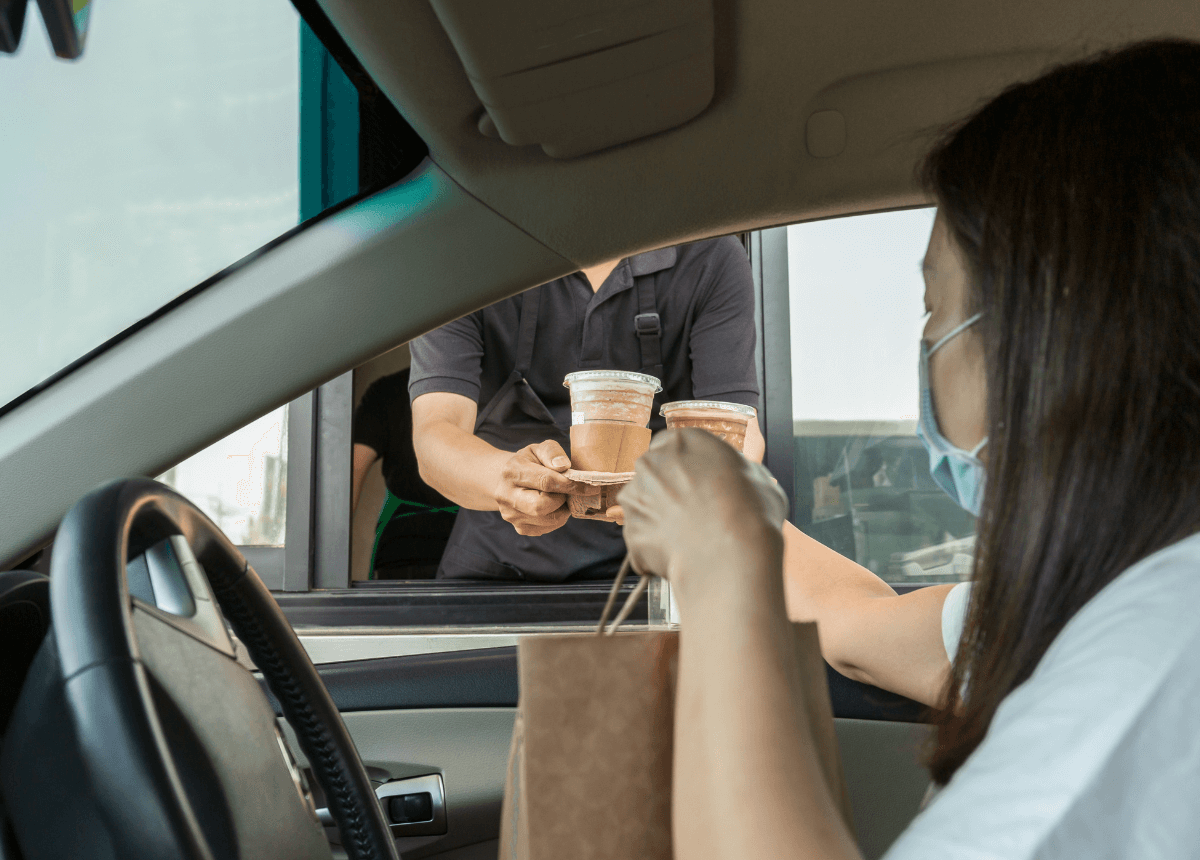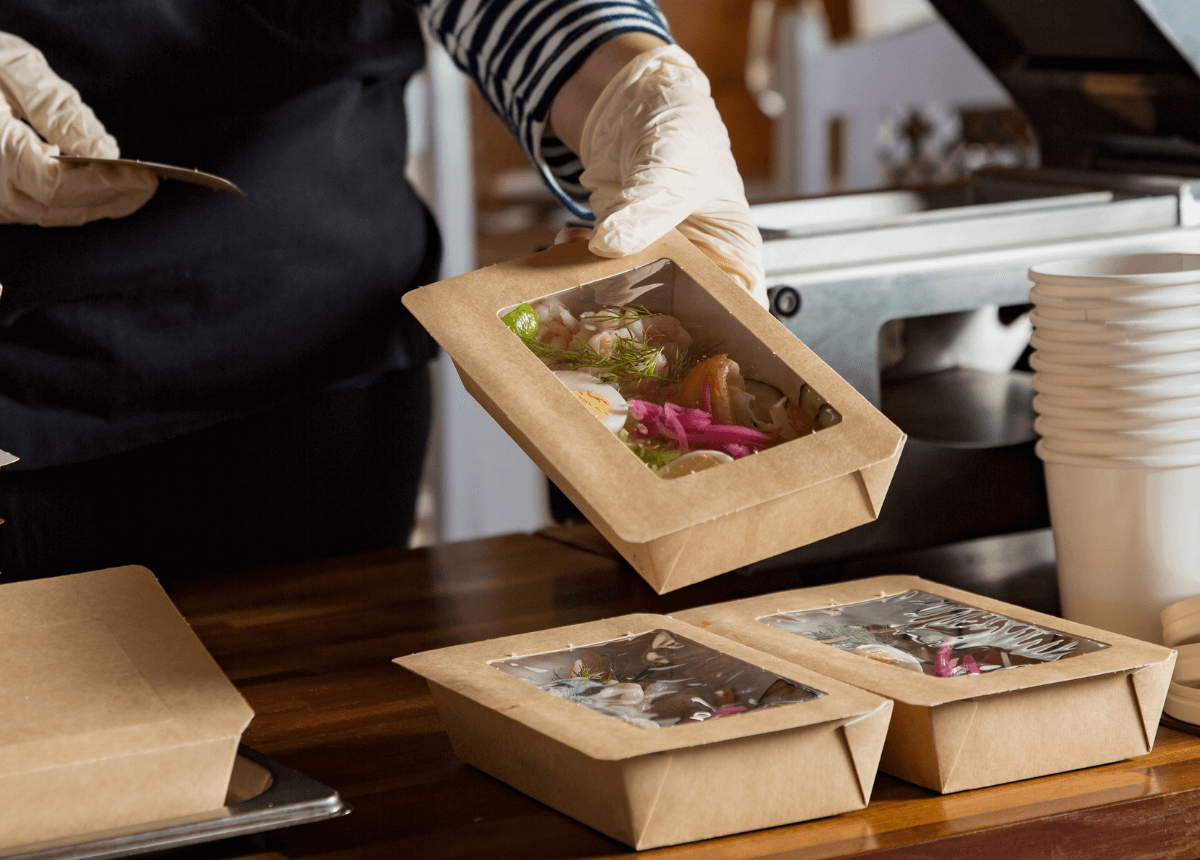Putting the “Quick” in QSR: 4 Tips for Improving QSR Speed of Service
Restaurant Laura Johnson
Laura Johnson

They call it a Quick Serve Restaurant for a reason. Customers enjoy great food, fast transactions, and speedy service from your restaurant. Your goal is to make the experience efficient and enjoyable so customers can get on with their busy lives.
What can you do to make sure they have a pleasurable experience? Here are four things QSRs are doing to provide great food to more customers in less time.
Keep the line moving
There’s nothing more frustrating than waiting in line at a restaurant that specializes in quick service. How do you make sure you keep things running smoothly and avoid unnecessary delays?
Your systems have a wealth of data that reveals what time of day to expect a rush—no more guessing. You can learn from your data that you have a 7:30 coffee rush before everyone's 8:00 am zoom call with coworkers. If you’re not already doing it, it's time to take a deep dive and forecast your peak times, helping you to plan for enough labor, equipment, and supplies to get people served and on their way.
The weather has a big impact on your business. If you’ve been hit by big wintertime snowstorms or the fall hurricane season, you know how big weather events will impact your business. But don’t forget about a short cold spell that will drive up hot drink sales or the first sunny day when everyone heads out to the beach with sandwiches for the family.
Your sales history will tell you the days and weeks of the month to staff up. But don’t forget to do a time-of-day analysis to reveal consistent daily patterns that show you where you’ll need cashiers and supplies to meet the rush. Forecasting is key to keeping the line moving using data that is readily available.
POS training and refreshers
Throwing your new employees to the wolves at lunch rush will destroy their confidence and instill poor habits. You’ll need to think about the environment, people, policies, and time-of-day you use to train employees. People learn better in a calm, relaxed atmosphere. Your goal is to make them successful, even when they’re trying to remember which button to push in the middle of the dinner rush.
Who says training is limited to new employees? Don’t forget to let seasoned employees get a refresher course or bring up real-life challenges that would help them be more productive.
When new POS systems and updates occur, you’ll also need a train-the-trainer course. Give your expert employees time to catch up on the latest advancements so they can set a positive tone for the rest of the group.
POS systems are changing rapidly. From integration with third-party mobile apps to emerging AI applications, QSRs are building a digital ecosystem that improves the customer experience that requires them to stay current with their use.
Streamline the cash handling and payment processes
Learning the ins and outs of your POS system is the first step to making your cashier feel comfortable ringing up orders. But there are a few other things you can do to set them up for success.
Communicate your cash handling policies. Review your procedures for counting cash at the beginning and end of each shift. Set expectations for cash shortage tolerances and encourage them to be accurate.
With today's payments moving away from cash and toward card and electronic payments, make sure they know how to process each type of payment. Cash, credit card, debit card, Apple Pay, Google Pay, and more might be just some of the forms you expect. Make sure they know how to help customers work payment terminals.
Cashiering is also about customer service. Teach them the right attitude and how you want them to treat your customers. Discuss how to take an order and to repeat it back to the customer for accuracy. It will set the stage for giving customers the service they expect and promoting your cashier as a representative for your QSR brand.
Complex orders can delay transactions. Help your employees to train for complicated orders with role-play training. Set up cashier training in a calm environment, with a supervisor nearby. Let your new employees handle a challenging order while supporting them to ring it up the right way. Don’t forget the more straightforward, frequent POS transactions. Point out where the most frequently ordered items are on the keypad to refer to them quickly.
Cashiers don’t just handle cash; they are multitaskers who take orders, process payments, provide service, and represent your brand all at the same time. Show them how to interact with your technology and customers at the same time to ensure their success.
Invest in faster channels and better experiences
Drive-thru formats are rapidly expanding. QSRs must ensure that their employees keep up with new trends, including even faster order to pickup times, striving to meet the gold standard of 3 minutes. To meet that standard, your staff will have to be focused and well-trained. However, the evolution of drive-thru is dependent on technology, from ordering apps to new drive-thru technology.
Large brands invest in geolocation technology, helping QSRs streamline operations by tracking frequent customers’ locations and their order preferences. As customers approach the restaurant, they can have fresh items ready to serve, minimizing drive-thru times. Drive-thru and curbside pickup are increasing as fewer people eat in-store, growing QSR operator’s pressure to offer quicker order-to-pickup times.
QSRs are also investing in off-premises eating, improved drive-thru service, and curbside pickup. QSRs see drive-thru and the ability to shave seconds off order-to-pickup time as the key to being profitable for the future. Rethinking the drive-thru experience, with technology from ordering to menu planning to pick up, is essential.
For more information on using restaurant data to improve business outcomes, download our white paper, “Moving Beyond Basic Metrics: Leveraging Restaurant Data Analytics to Maximize Profits.”
Read more about Shrink here.
Related Articles

QSR Is Dead
The Restaurant Leadership Conference has come and gone, and as first-time attendees, we were very impressed. The sessions and...
Why Are Quick Service Restaurants Ditching Dining Rooms?
Throughout the COVID-19 pandemic, quick service restaurants (QSR) were left with empty dining rooms and jam-packed drive-thru...
Weighing the Pros and Cons of Off-Premises Dining
The restaurant industry changed drastically in 2020 because of the COVID-19 pandemic and resulting changes to consumer behavi...Subscribe to our blog
Receive free educational resources like exclusive reports, webinars, and industry thought leadership articles straight to your inbox.


